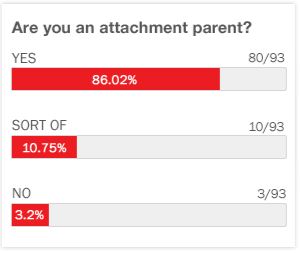Transcription:
The basic steps to solving a problem has a great deal to do with how you're trying to do it. If you're trying to do it simply by insisting, and a child is not going along with what you're insisting upon, then what you are likely to then do is add adult imposed consequences to the mix - rewards, punishments, so as to give the kid the incentive to do what it is you are trying to make him do.
That's not how I solve problems with kids. That's not how I teach adult caregivers to solve problems with kids. I try to help them solve problems collaboratively rather than unilaterally.
When you're solving a problem collaboratively, there are 3 steps. They are called the empathy step, the define the problem step, and the invitation step. But the names of the steps are not the most important part. The ingredients of the steps are the most important part.
What's going on in the empathy step? Information gathering and understanding. Gathering information about and understanding what? The kids' concern or perspective on the problem that you're trying to solve with him, preferably proactively, not emergently. See, kids have information we badly need. Information about what's getting in the way. Information about what they're stumbling over. Information about what they're having a hard time on. Information about their concern or perspective on the problem that we are trying to solve with them.
If we do not get that information then we are at very high risk of plunging forward with what I call uninformed solutions. Solutions that we adults come up with on the basis of no information whatsoever from our problem solving partner, the kid.
Step no. 2, what's going on in the define the problem step. This is where the adult is entering their concern into consideration. Adults have very important concerns as well. Those concerns often lead adults to solve problems unilaterally. But those very same concerns can be identified and addressed when we're solving problems collaboratively instead.
Step no. 3, the invitation. Now that we know what's getting in the kid's way, and now that we know what the adult's concern is, we can brainstorm solutions, collaborate on solutions, but a highly specialized type of solution. A solution that's going to address the concerns of both parties. You cant' come up with a solution that's going to address the concerns of both parties unless you know what the concerns of both parties are. And that's what you're accomplishing in the first two steps.




 GET ACCESS TO ALL PREMIUM CONTENT WITH NO ADS FOR $4.99/MONTH
GET ACCESS TO ALL PREMIUM CONTENT WITH NO ADS FOR $4.99/MONTH




Login or Register to view and post comments